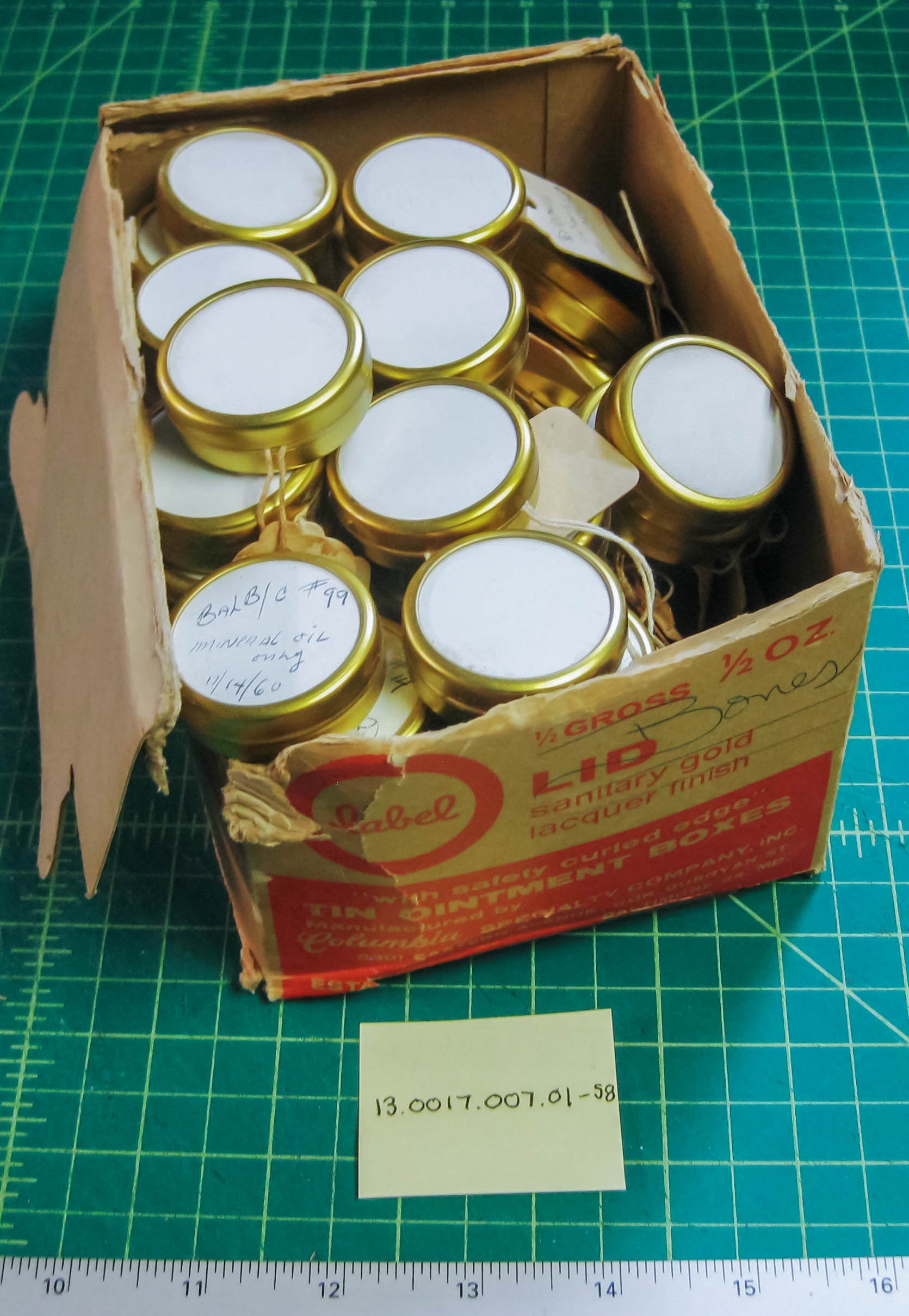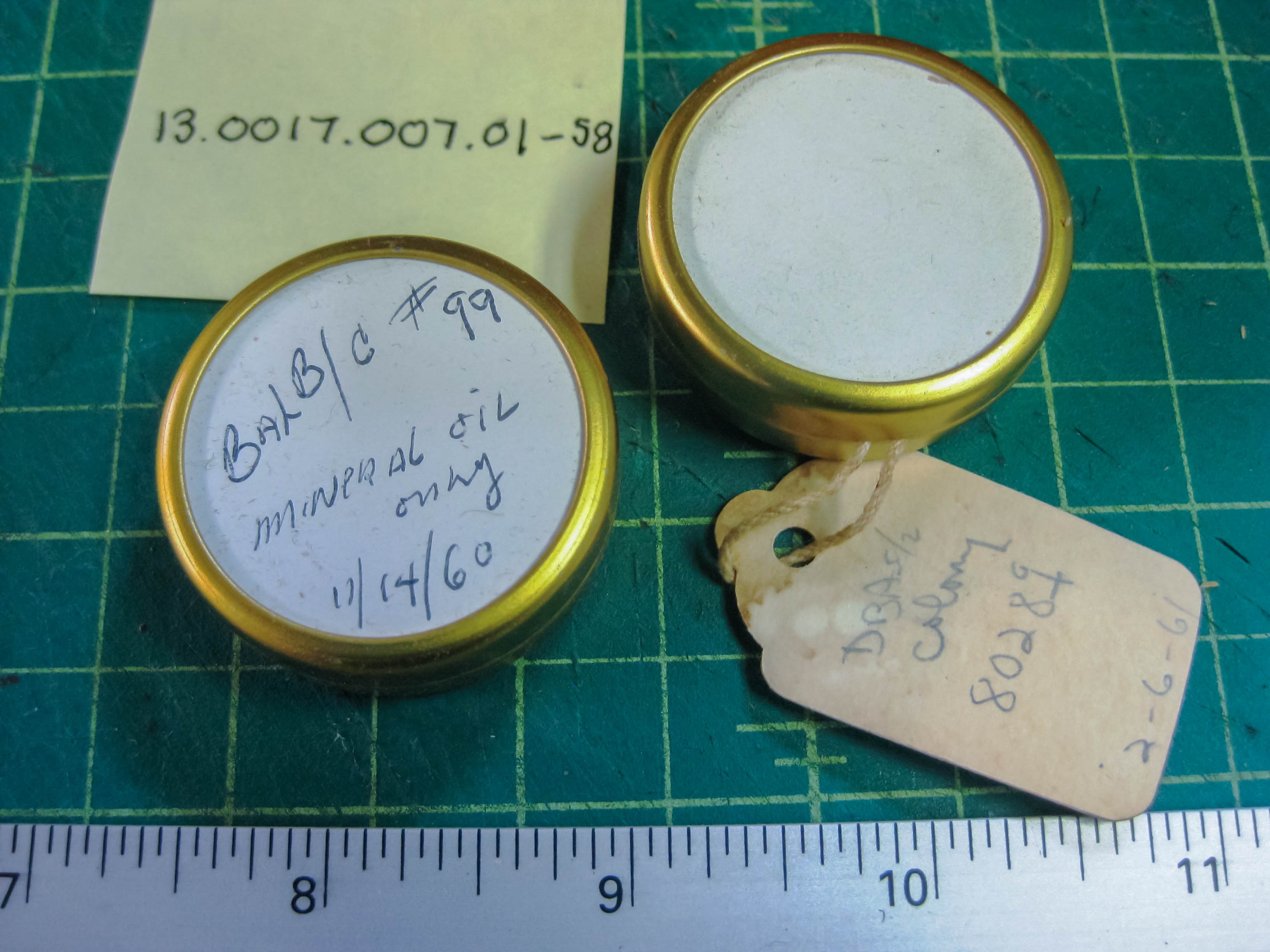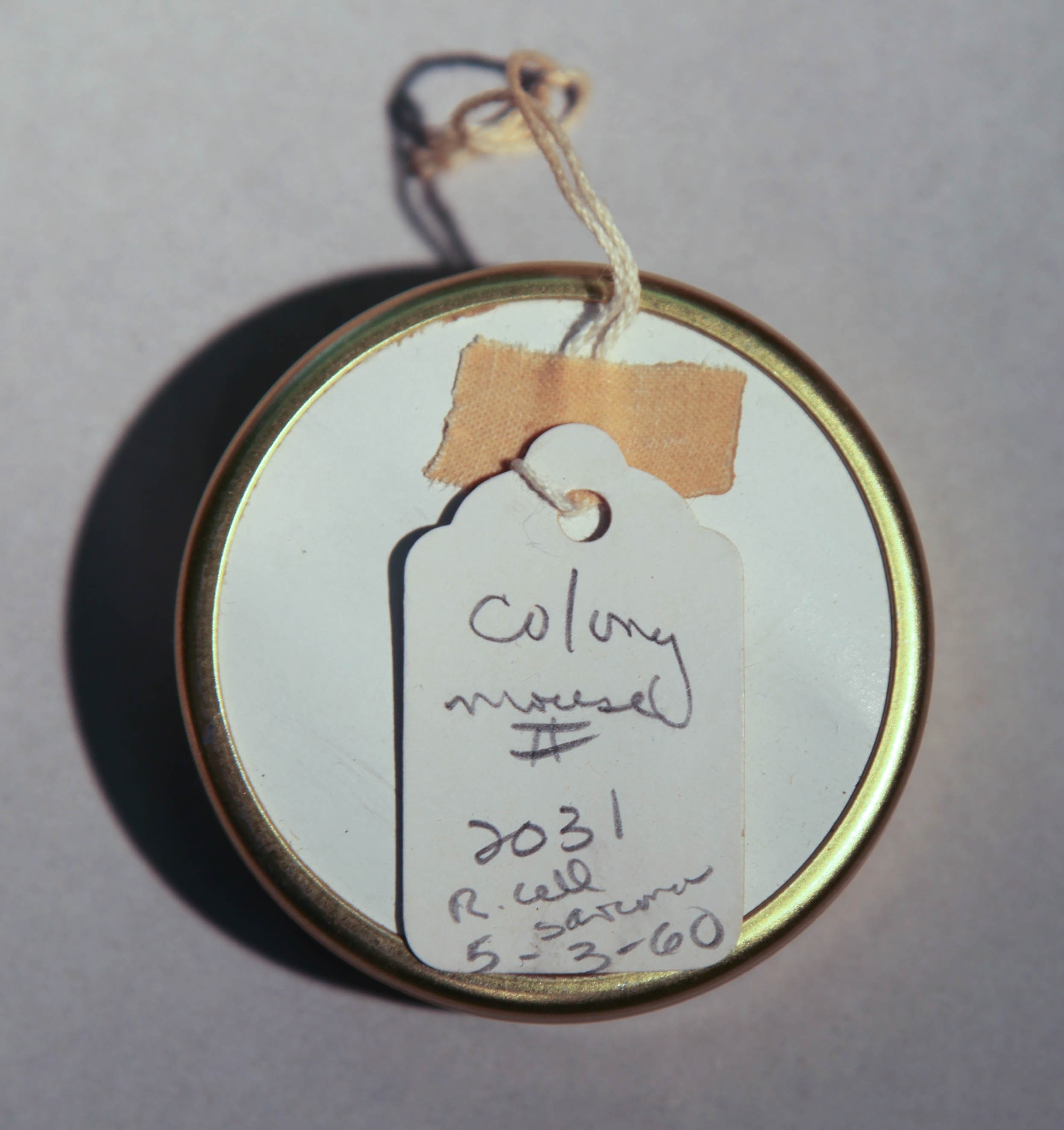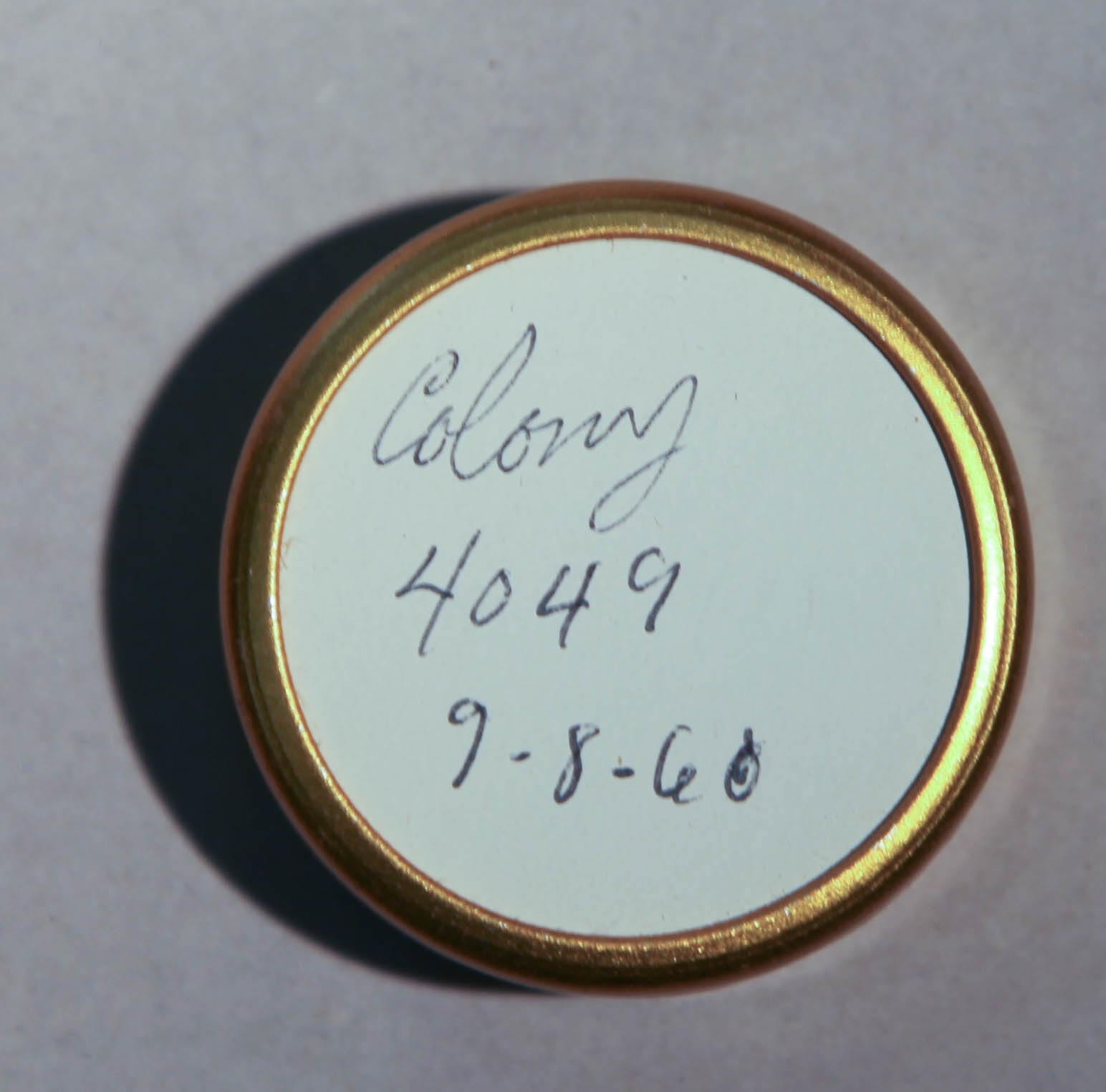Mouse Reliquaries, 1960-1961
13.0017.006-7
| Paragraph | ||
|---|---|---|
| ||
Donated by Dr. Beverly Mock |
“When PCTs (plasma cell tumors) became more available, many workers attempted to establish them in tissue culture. The story was always the same: ‘We have put the PCT cells in culture ... will call you back next week to report the progress’—but the calls never came because the cells failed to sustain their initial growth and died.”
- —Michael Potter, “The Early History of Plasma Cell Tumors in Mice, 1954-1976.”
| Dive | |||||||||||||||||||
|---|---|---|---|---|---|---|---|---|---|---|---|---|---|---|---|---|---|---|---|
| |||||||||||||||||||
|
| Dive | |||||||||||||||||||
|---|---|---|---|---|---|---|---|---|---|---|---|---|---|---|---|---|---|---|---|
| |||||||||||||||||||
|
| Span | ||
|---|---|---|
| ||
Donated by Dr. Beverly Mock |
| Span | ||
|---|---|---|
| ||
Donated by Dr. Beverly Mock |
| Span | ||
|---|---|---|
| ||
Donated by Dr. Beverly Mock |
| Span | ||
|---|---|---|
| ||
Donated by Dr. Beverly Mock |
| Span | ||
|---|---|---|
| ||
Donated by Dr. Beverly Mock |
| Span | ||
|---|---|---|
| ||
Donated by Dr. Beverly Mock |
| Span | ||
|---|---|---|
| ||
Donated by Dr. Beverly Mock |
Read Nordan and Potter’s paper, “A macrophage-derived factor required by plasmacytomas for survival and proliferation in vitro,” Science 233(4763), 01 Aug 1986, pp. 566-569.
| Button | ||||||
|---|---|---|---|---|---|---|
|










